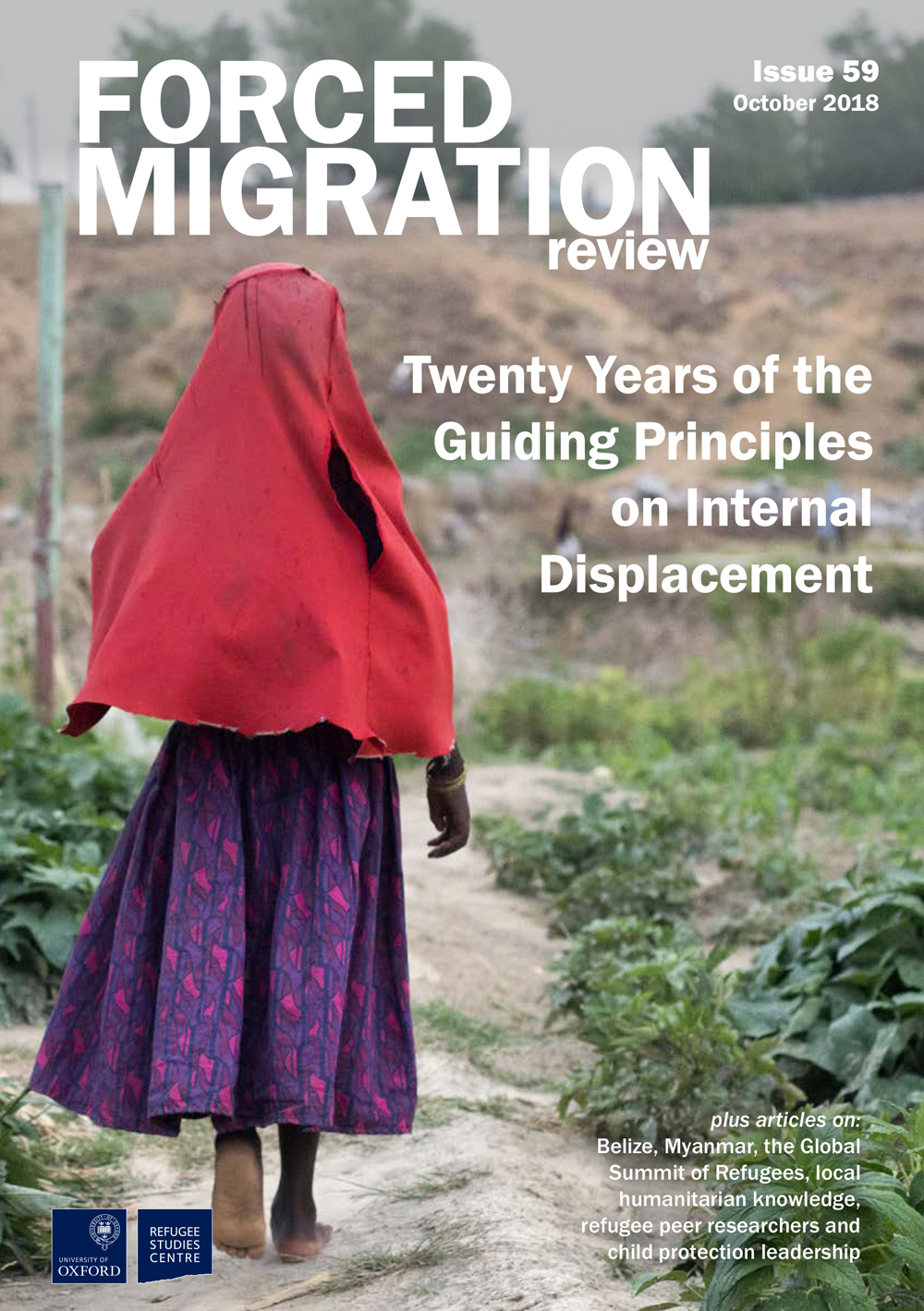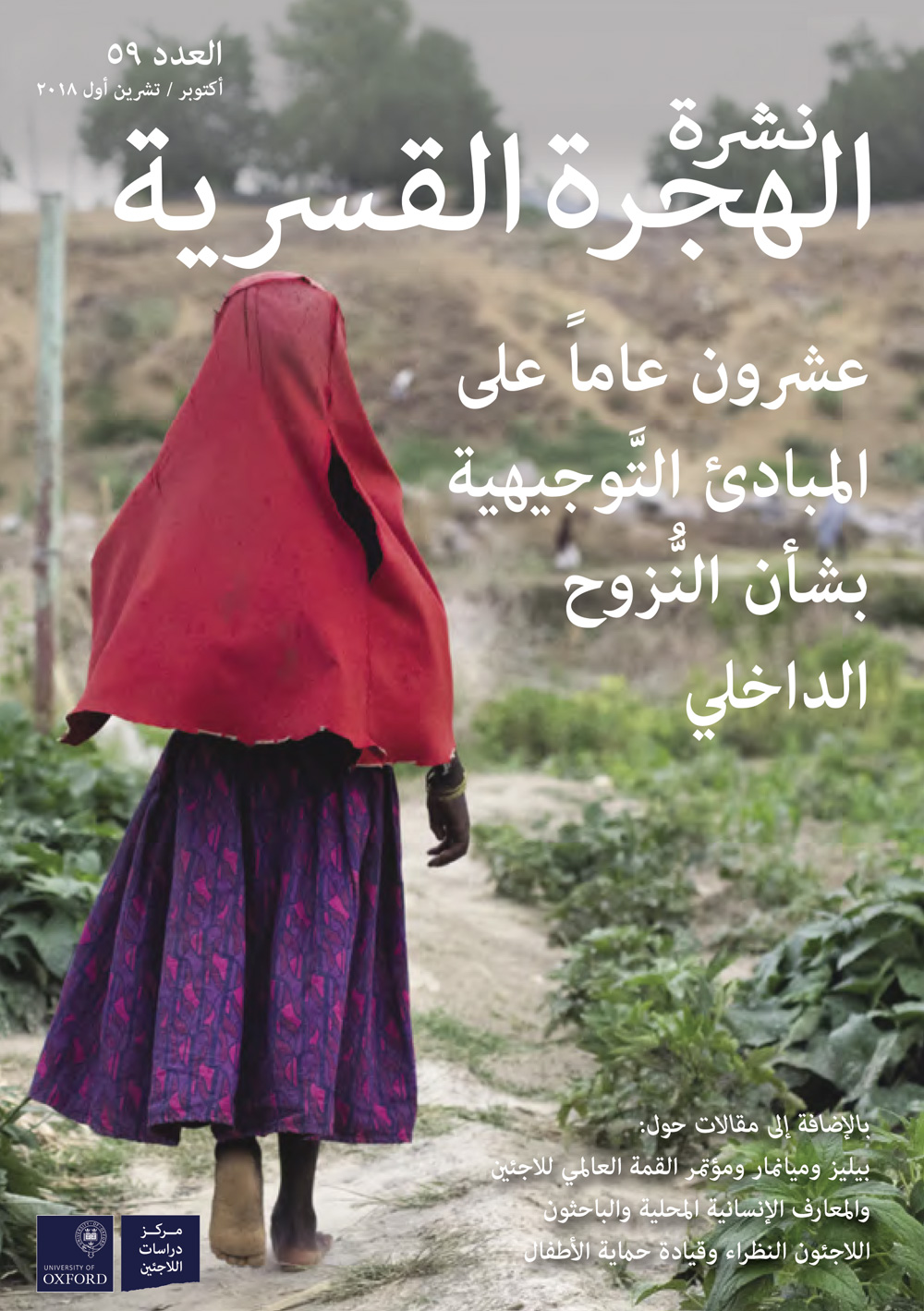A disaster approach to displacement: IDPs in the Philippines
A five-month armed encounter between State armed forces and the Islamic State-inspired Maute Group, which began in May 2017, displaced around 360,000 people from Marawi City in Mindanao in the southern Philippines. These internally displaced persons (IDPs) mainly sought refuge…
Planned relocation in Asia and the Pacific
Environmental processes, including climate change and disasters, combine with other pressures to increase displacement risks for vulnerable communities in Asia and the Pacific. Displacement is occurring as a result of frequent sudden-onset disasters (such as cyclones, floods and non-climatic hazards)…
Internal displacement beyond 2018: the road ahead
Twenty years ago, the launch of the Guiding Principles on Internal Displacement marked a high point in international recognition of the need to prevent internal displacement and to provide protection and assistance to internally displaced persons (IDPs). The Guiding Principles…
Gender and livelihoods in Myanmar after development-induced resettlement
International resettlement standards state that developers have a responsibility to improve, or at least restore, the livelihoods and living standards of people who have been resettled because of development projects – yet this is rarely achieved in practice. Where resettled…
Working with peer researchers in refugee communities
As one of the oldest and biggest refugee settlements in Uganda, Nakivale has attracted the interest of international researchers year after year. I am a Congolese refugee and have lived in Nakivale since 2006. A statistician by training, I have…
Valuing local humanitarian knowledge: learning from the Central African Republic
The experiences of Caritas Centrafrique and its partner the Centre for Development and Emergency Practice (CENDEP) show that national non-governmental organisations (NGOs)[1] have much to contribute to the existing knowledge of the international humanitarian sector. The two organisations co-convened a…
The Global Summit of Refugees and the importance of refugee self-representation
The Summit was an historic event, bringing together representatives from forcibly displaced populations from all over the globe for the first time to discuss, plan and organise on the subject of refugee self-representation. It was convened and organised by representatives…


